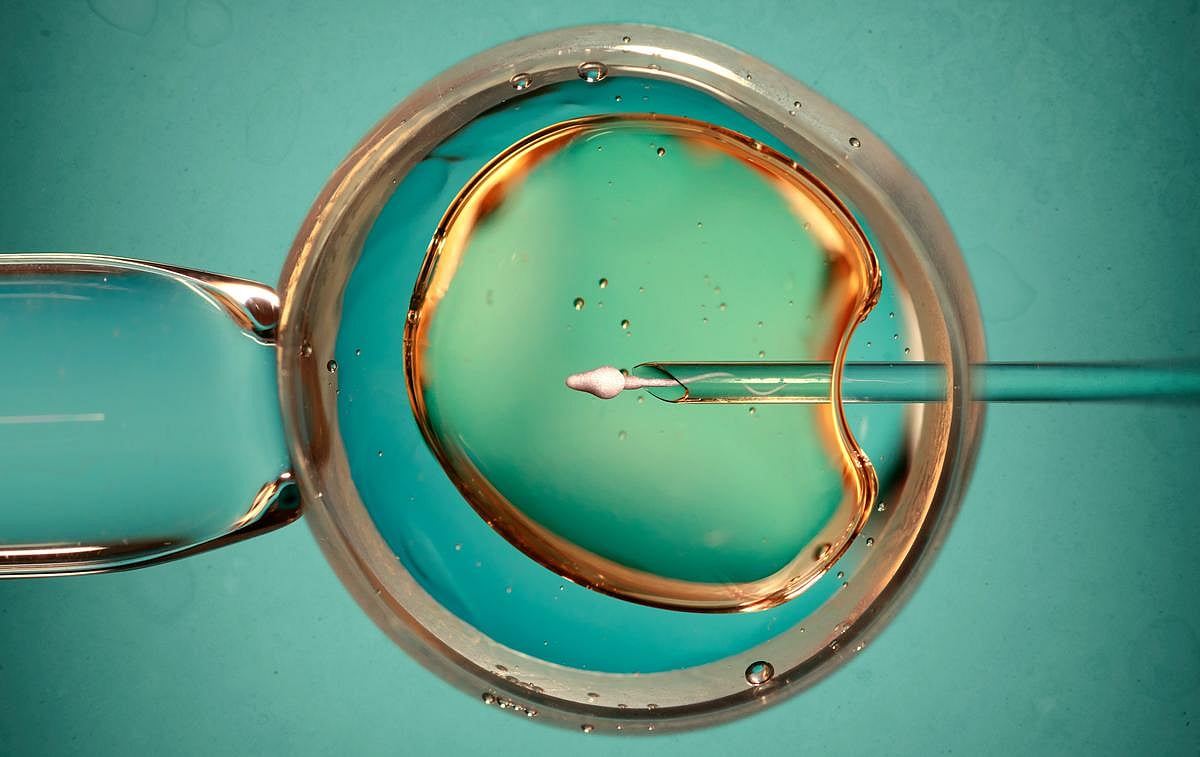Get Healthy!

- Posted August 20, 2025
Thin Endometrium Shouldn't Lower Odds Of Successful IVF Pregnancy, Study Says
There’s one less potential impediment for women undergoing in vitro fertilization (IVF), a new study says.
A thin endometrial lining does not appear to decrease a woman’s chances of a successful IVF pregnancy, researchers reported recently in the journal Human Reproduction.
Fertility specialists have long believed that a thin endometrium — the inner layer of tissue in the uterus that supports a fertilized egg — could make it difficult to implant an embryo during IVF, researchers said.
But for many women, having a thin endometrium is not associated with a decreased risk of having a live birth, researchers found.
“In the overall population, many, many patients may have a thin lining, which should not decrease their success rates,” senior researcher Dr. Emre Seli said in a news release. Seli is a professor of obstetrics, gynecology and reproductive sciences at Yale School of Medicine in New Haven, Conn.
For the study, researchers studied more than 30,000 IVF cycles between January 2017 and December 2022 among patients treated at fertility clinics in the U.S., Spain and the United Arab Emirates.
About 3% of embryo transfers in the U.S. and 5% in Spain occurred in patients with thin endometria — a sign that doctors have been avoiding IVF in these patients, researchers said. A thin endometrium was defined as less than 7 millimeters in thickness.
On the other hand, about 12% of embryo transfers in the UAE involved women with thin endometria, as clinics there are less concerned about this potential complication, researchers said.
Results showed that for IVF cycles in the UAE, thin endometria weren’t linked to lower birth rates.
In U.S. and Spanish clinics, having an endometrium thinner than 7 millimeters was associated with 20% fewer live births — but there’s a catch, researchers said.
In the U.S. and Spain, women with thin endometria are often given medications to thicken the lining. If the lining doesn’t respond, IVF cycles are cancelled.
What causes that unresponsiveness could account for the differences in birth rates, Seli said.
“It’s likely not the thin lining itself that is causing the problem, but rather an underlying mechanism that is both driving a more persistent thin lining and causing less successful embryo implantation,” he said.
Many patients had successful pregnancies even though their endometrium thickness was less than 5 millimeters, results showed.
“One can have a baby at 4, 5, 6 millimeters with just a slightly decreased success rate,” Seli said.
The research team is now working on a calculator that could help fertility specialists give patients a better understanding of their chances for a successful pregnancy.
More information
The Cleveland Clinic has more on the endometrium.
SOURCE: Yale School of Medicine, news release, Aug. 12, 2025








